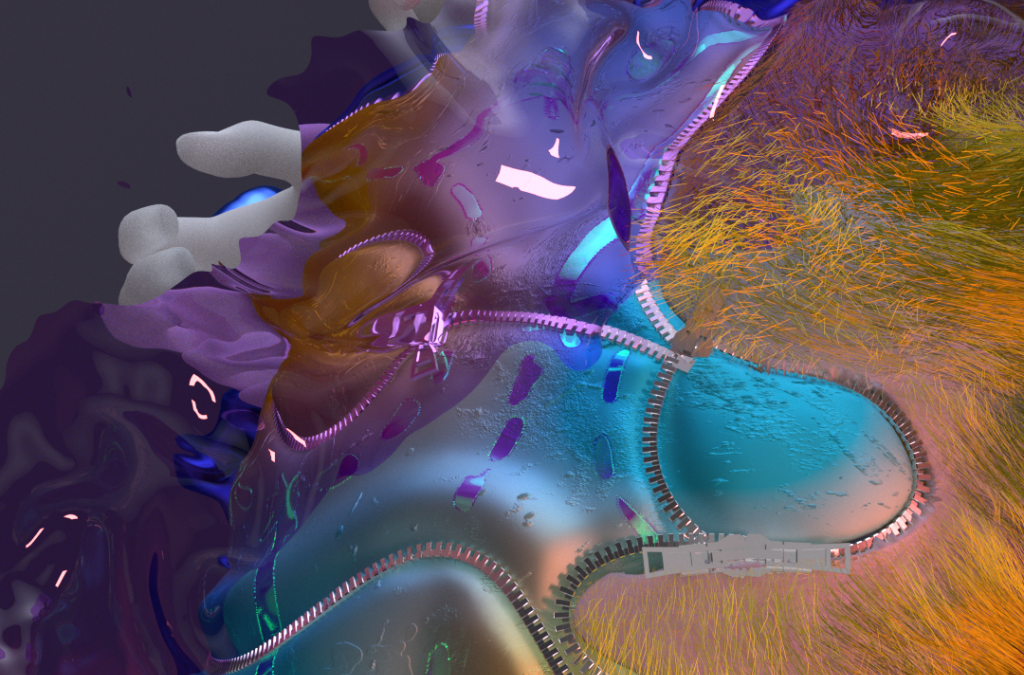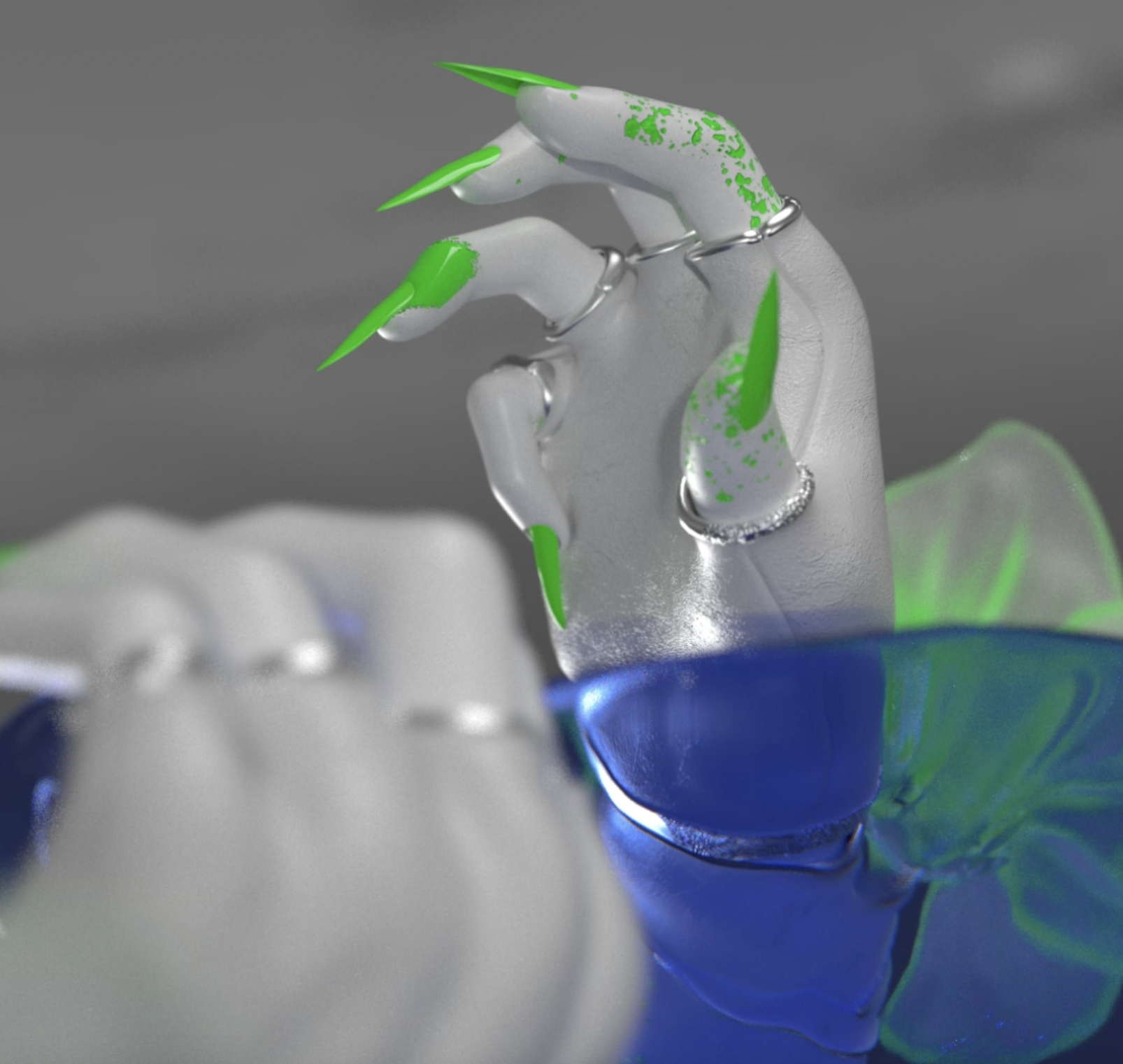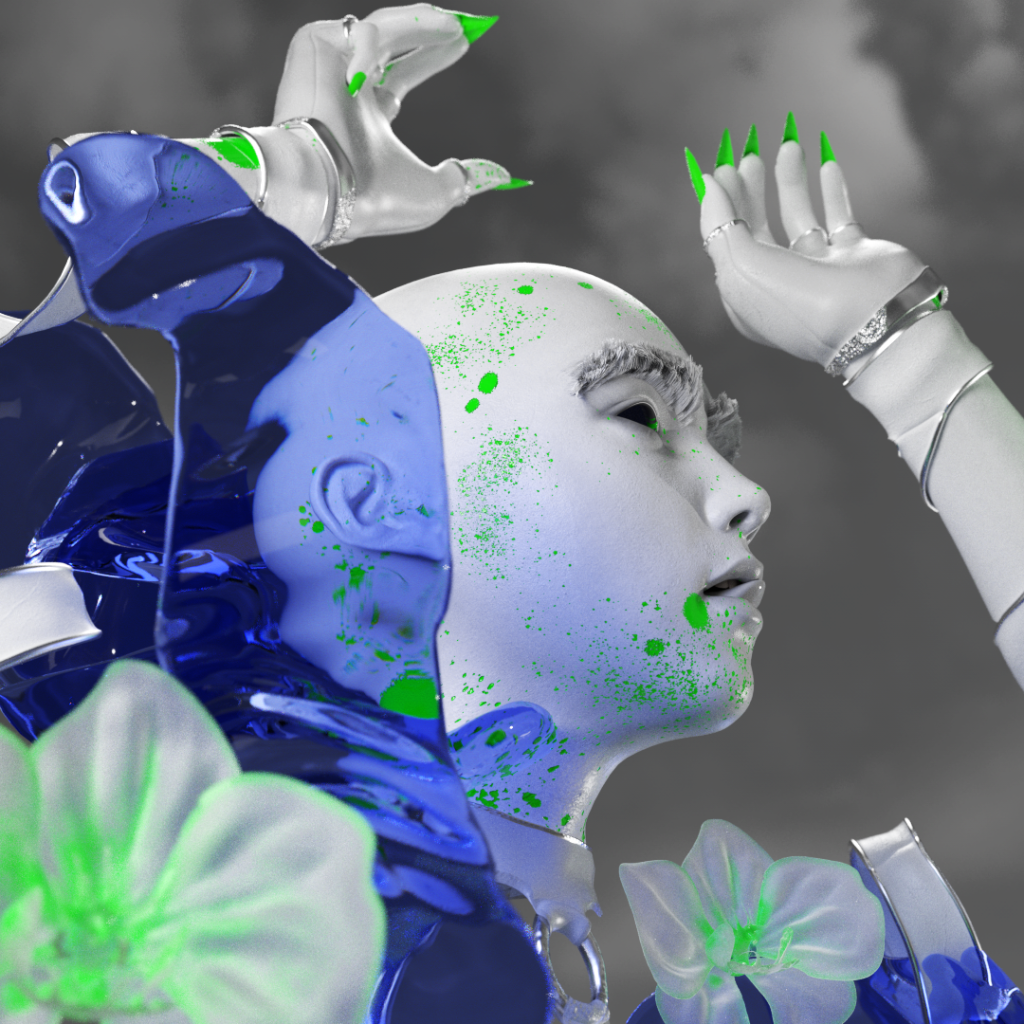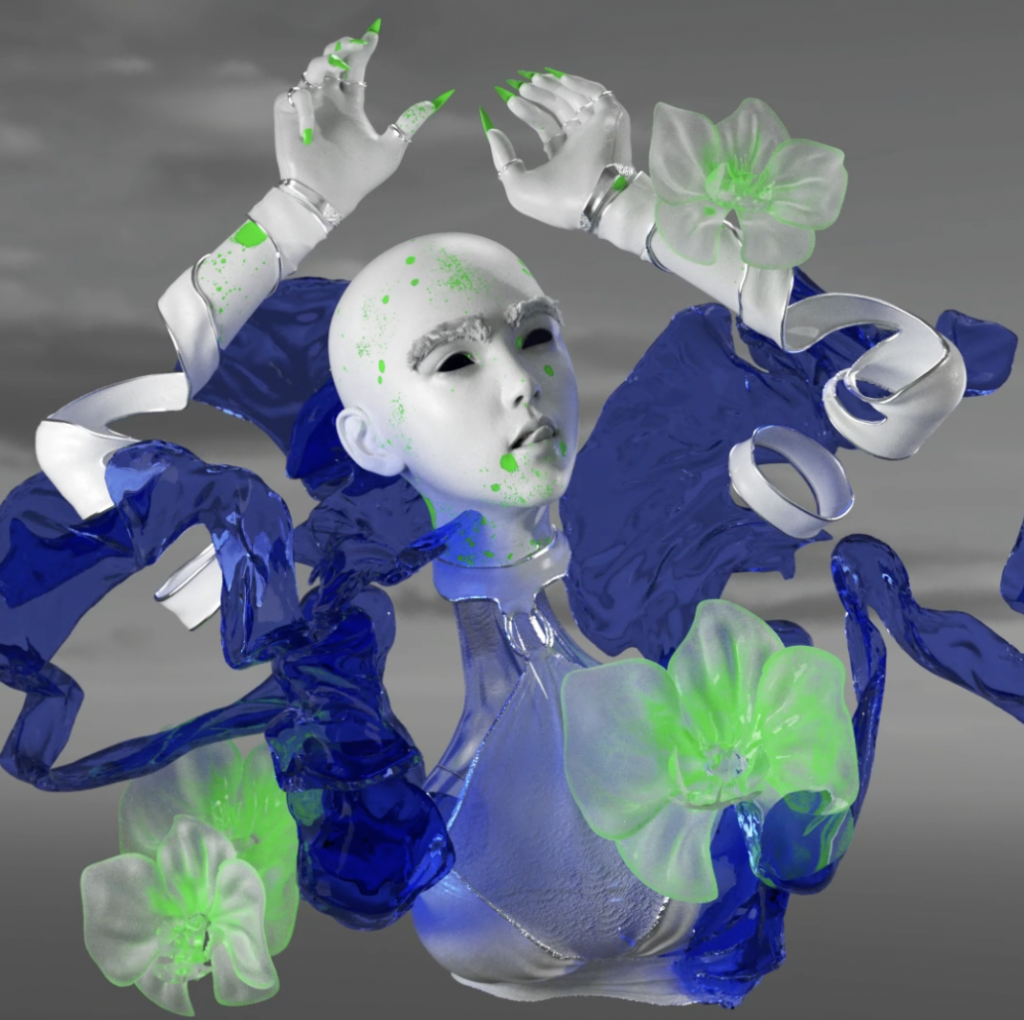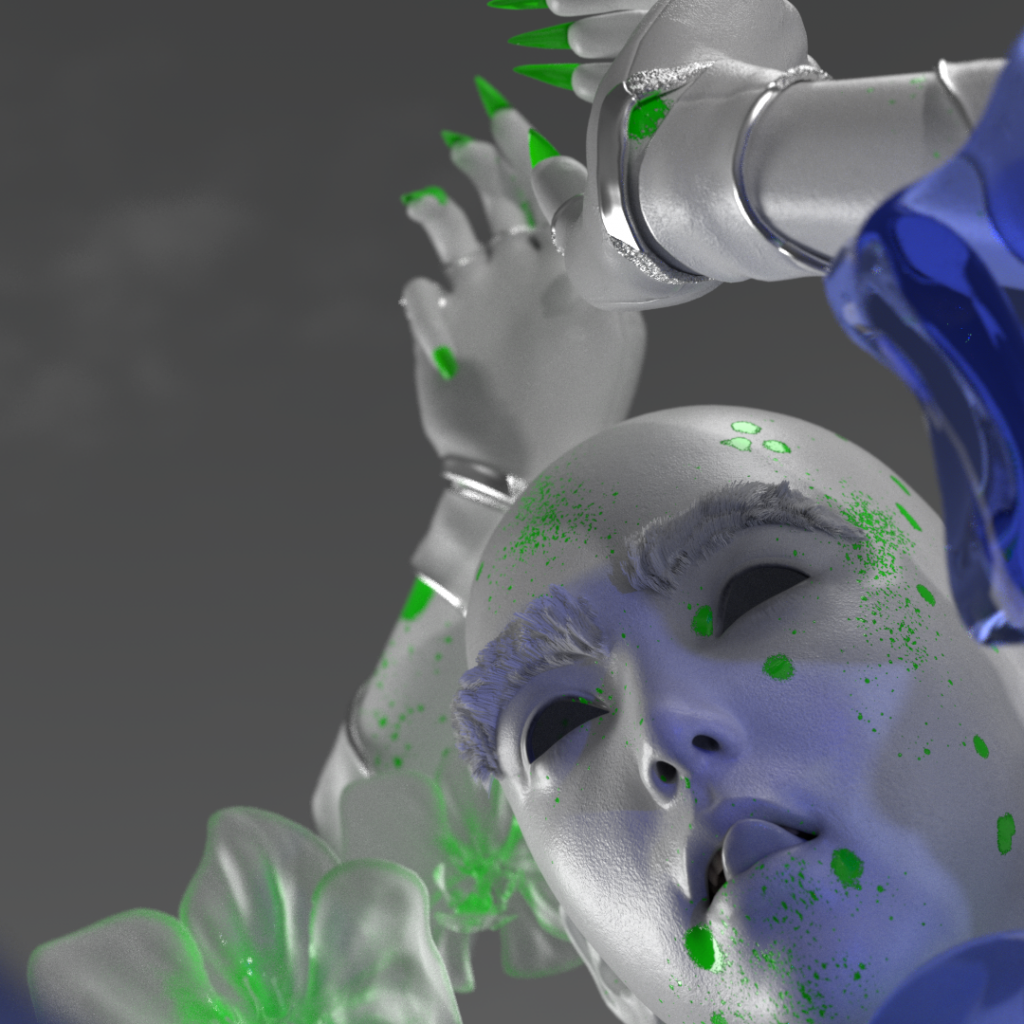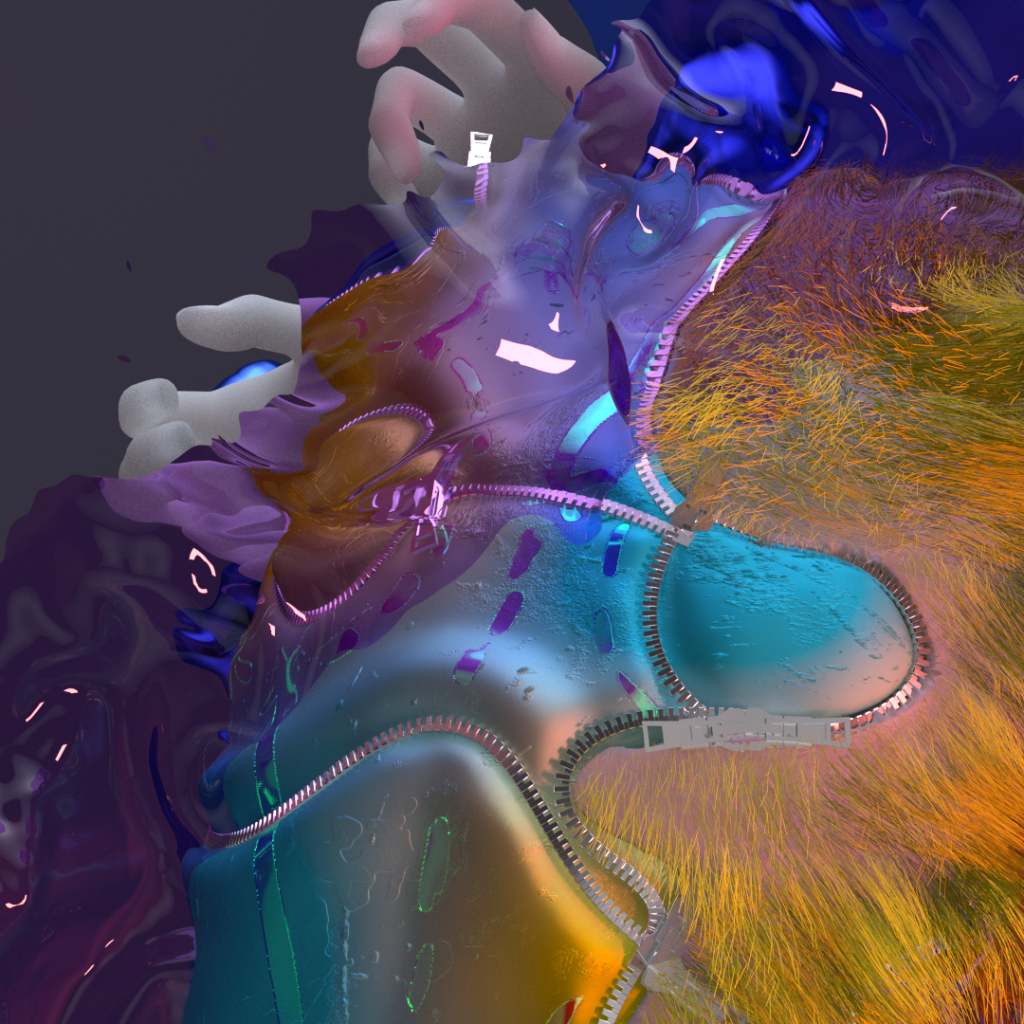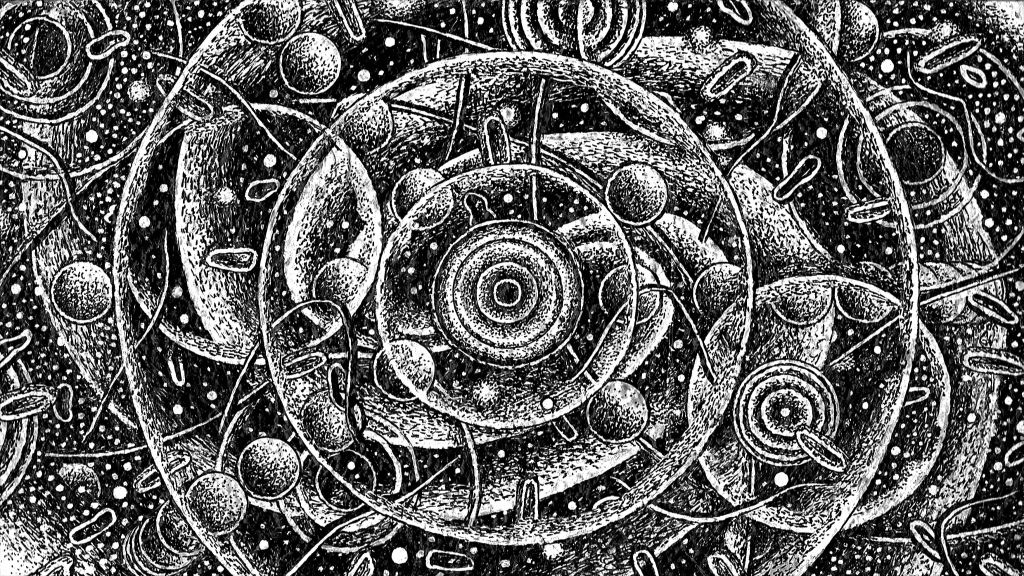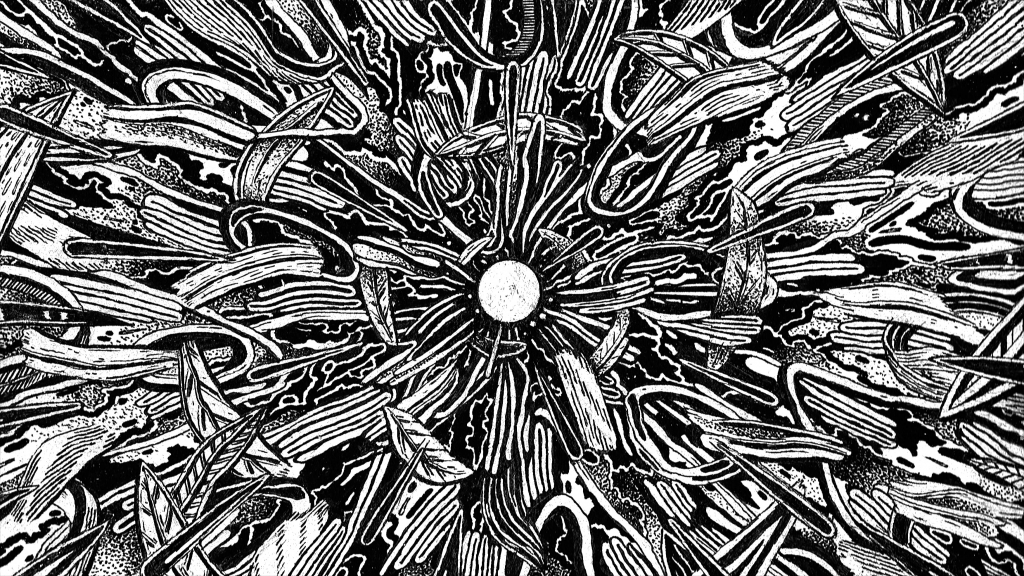The artist discusses her collaboration with NARS Cosmetics and the power of beauty and identity.

Freddie Mercury lives again in the form of four stunning NFTs
“Sanctuary”
Freddie Mercury lives again in the form of four stunning NFTs

Is this just fantasy?
Caught in a landside,
No escape from reality.
Open your eyes,
Look up to the skies and see.
I’m just a poor boy, I need no sympathy,
Because I’m easy come, easy go,
Little high, little low,
Any way the wind blows doesn’t really matter to
Me, to me.
— “Bohemian Rhapsody” by Queen, lyrics by Freddie Mercury
Anyone who knows rock music, glam fashion, queer culture, or karaoke knows who Freddie Mercury is. Regarded as one of the greatest singers and songwriters in the history of rock music, his iconic outfits, stage presence, and killer four-octave range revolutionized industries, changed lives, and touched the hearts of millions.
September 5 would have been Freddie’s 75th birthday, and this year The Mercury Phoenix Trust launched a brand new collection of artworks dedicated to his life’s work, image, and memory. Founded by Queen band members Brian May, Roger Taylor and their manager Jim Beach in memory of Freddie Mercury, who died of AIDS in 1991, all sales will benefit AIDS research, education, and awareness projects in developing countries worldwide.
The four-piece collection, which goes up for auction today, features the works of MBSJQ, Chad Knight, Blake Kathryn, and Mat Maitland, all of whom sat down with SuperRare to discuss their contributions to this fundraising campaign as well as their love of Freddie Mercury.
“Freddie has always been part of my life, during childhood my sister used to play, dance and sing to Queen. Freddie’s voice was like no other. The joy & happinesses Freddie Mercury brought to our childhoods were an amazing influence & inspiration to ambition of achieving your dreams.”
“My favourite thing about Freddie was the fact he was just himself. AND PROUD OF IT. He was never scared to push the boundaries and this is how I can relate to him. If you are given a gift you must embrace it and share it with the world for all to enjoy.”
“The Freddie Mercury collaboration was the perfect fit for MBSJQ with the inclusion of vibrant colours and fantasy-like environments…it was a joy to bring my style of art to the memory of the legend himself.”
“Freddie’s music inspired me long before I knew anything about him, but once I was exposed to him as an artist outside of Queen, I found his fearless acceptance of his identity incredibly inspiring. He was a pioneer of self expression and his resilience in not letting other people’s opinions of him impact his career or what he wanted to do lives on. He was very ahead of his time in that it’s rare to see someone embrace their [unique self] so strongly at a time when it was looked down upon. He’s a champion of self expression and I think has helped so many people feel comfortable in who they are.”
“For this piece, I wanted to capture his larger-than-life presence. Freddie was such a huge persona that I don’t know how his spirit even fit into a human body. When I tried to communicate what he meant to me, I wanted to make him into a giant since that’s always how I always saw him growing up. I also wanted to capture his challenges with fame and him at times losing sight of his goals due to the grandiosity of his reputation and wealth.”
“The extravagance in both his persona and performance elements is a quality I admired from Freddie since first impression. Upon beginning the creative process the team was so generous with providing focused insight into his history, musings and home that it created a dreamy mental space to honor him. [I learned about] his quieter side—his garden, piano, Victorian lodge—and it blended into a combination of a dream-space I’d hope he’d find peace within.”
“The charity component itself, going towards AIDS research, had me more than happy to contribute.”
“I loved Freddie’s warm personality and charisma and this inspired me to approach my piece from a more human perspective, as opposed to depicting him as a performer. With this in mind I thought about the things that he loved and that orbited his personal life and featured them surrounding a romanticized central image of him.”
“I was aware that his 75th birthday was coming up and was honoured to be asked to create something for this NFT collection. Freddie Mercury’s life and personality have always fascinated me so it was easy to say yes. I was also happy to help and support the work of the Mercury Phoenix Trust.”
— Freddie Mercury
As The Mercury Phoenix Trust told SuperRare “Freddie was a lover of all forms of art. Starting with his studies in Fashion and Graphic Design, he went on to design the Queen crest as well as many of his own stage costumes. Queen and Freddie Mercury have always led the field visually as well as musically. From their invention of the promo video with Bohemian Rhapsody, to their show-stopping set designs and costumes, visual art has always been an integral part of their artistry.”
And so it is perhaps the most fitting homage to his life, death, and artistic spirit, to present such visually stimulating artworks in one of the most cutting-edge applications of blockchain technology to date. These NFTs, along with the award-winning biopic Bohemian Rhapsody (2018), show us the many sides of one of the most beloved artists of modern time. But they also ensure that other people afflicted with AIDS won’t have to follow the same path.
AIDS today is no longer a death sentence, unlike when Freddie Mercury died of AIDS-related causes in 1991. Research has advanced enormously and with access to the correct medication and care, a person in a developed country can expect to lead a fairly normal life. However, this is still not the case in developing countries, where access to the medication is far more complex and complicated and often prohibitively expensive. Education, awareness, and prevention therefore remain key in these countries, which is why the MPT largely focuses on funding educational projects in these countries. With the advent of Covid-19 and the worldwide pandemic that has ensued, a lot of this ground has been lost as many of these projects have been directly affected or put on hold. We hope to raise considerable funds for the Mercury Phoenix Trust in a time where our traditional yearly fundraising campaigns have been halted due to Covid restrictions.
— The Mercury Phoenix Trust
Just as his music saved lives with its poetic lyrics and magnetic musical arrangements, so too will his legacy continue to pour hope into the lives that need it most.
Negative Space




Curated Conversations: Ayla El Moussa
SuperRare Labs Curatorial Editor Linda Dounia Rebeiz interviews Ayla El Moussa about how she draws inspiration from the Renaissance period, how she approaches nude portraiture, and her “Painted Muse” Series on SuperRare.
Weekly Top 10







ORGASM, ACTIVATED: A conversation with Dr. Alex Box
The artist discusses her collaboration with NARS Cosmetics and the power of beauty and identity.






